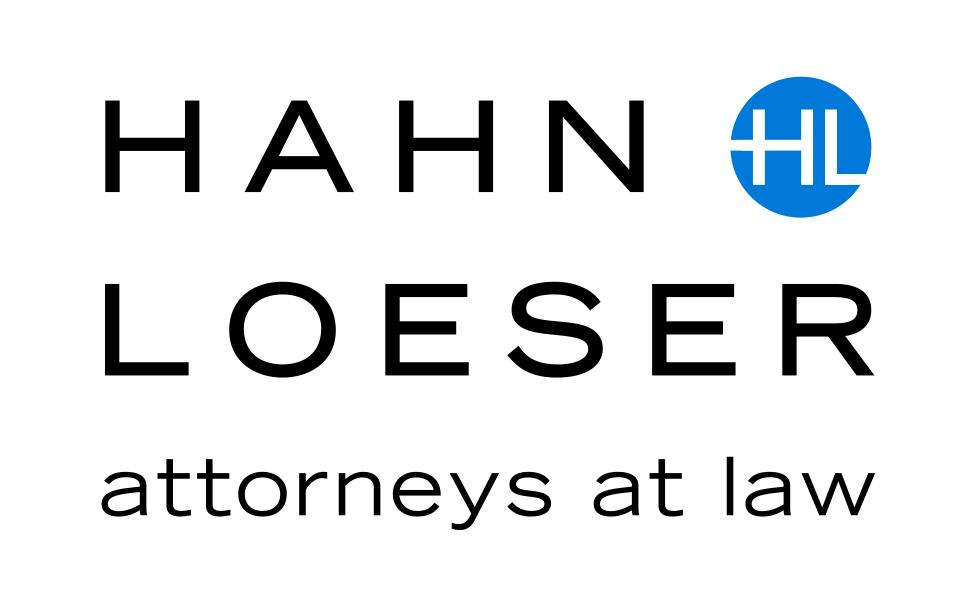Date:
March 26, 2020
The U.S. Senate unanimously approved a $2 trillion stimulus bill late Wednesday to provide emergency relief to businesses and individuals affected by the coronavirus pandemic. The U.S. House is expected to approve the bill on Friday, and President Trump is expected to sign the legislation soon after.
Some of the key provisions of the legislation include the following:
- Direct Payments to Individuals. The federal government will send direct payments of up to $1,200 to individuals ($2,400 in the case of a married couple filing a joint return), plus an additional $500 for each qualifying child. The payments will begin to phase out for individuals whose adjusted gross income was more than $75,000 ($150,000 in the case of a married couple filing a joint return; $112,500 in the case of a head of household), and will phase out completely once an individual’s adjusted gross income exceeds $99,000 ($198,000 in the case of a joint return; $136,500 in the case of a head of household). The income thresholds generally are based on taxpayers’ 2019 income tax returns or, if a 2019 income tax return has not yet been filed, taxpayers’ 2018 income tax returns.
- Expansion of Unemployment Benefits. The legislation extends unemployment benefits by an additional 13 weeks to a total of 39 weeks and increases the amount of unemployment benefits individuals are eligible to receive for up to four months. The increase will allow individuals to receive up to an additional $600 per week above base unemployment compensation for four months. In addition, unemployment will be expanded to include part-time workers and self-employed individuals, such as gig workers and Uber drivers, who are not generally eligible for unemployment benefits.
- Small Business Loans. Small businesses would be eligible for up to $375 billion in federally guaranteed loans through the Small Business Administration (“SBA”). The bill would increase the maximum amount of an SBA loan to $10 million, and borrowers would be eligible for loan forgiveness in an amount equal to the amount spent by the borrower on payroll and certain rent, mortgage interest, and utility obligations within the first 8 weeks after origination of the loan. Loan forgiveness is conditioned on businesses maintaining their payroll and is reduced proportionally to the extent a borrower reduces its workforce or reduces employees’ compensation. The loans generally would be available to businesses with fewer than 500 employees.
- Loans to Distressed Companies. Distressed companies can seek loans from a new $500 billion loan fund controlled by the Federal Reserve. Of the $500 billion, approximately $425 billion will be available to distressed companies generally, and approximately $75 billion will be earmarked for companies in particularly hard-hit industries, such as airlines and hotels. There are several “strings” for companies that accept loans, including disclosure, monitoring and oversight of recipients, and a prohibition on engaging in stock buybacks while a company is receiving government loans and for one year thereafter. In addition, President Trump, members of his family, and other senior government officials are specifically barred from receiving money from the fund but may benefit from other aspects of the stimulus bill.
- Aid to Hospitals and Health Systems. The legislation includes $150 billion in grants to hospitals, health systems and veterans care organizations to increase their workforce, purchase personal protective equipment and coronavirus testing supplies, and expand or build new facilities to increase patient capacity.

